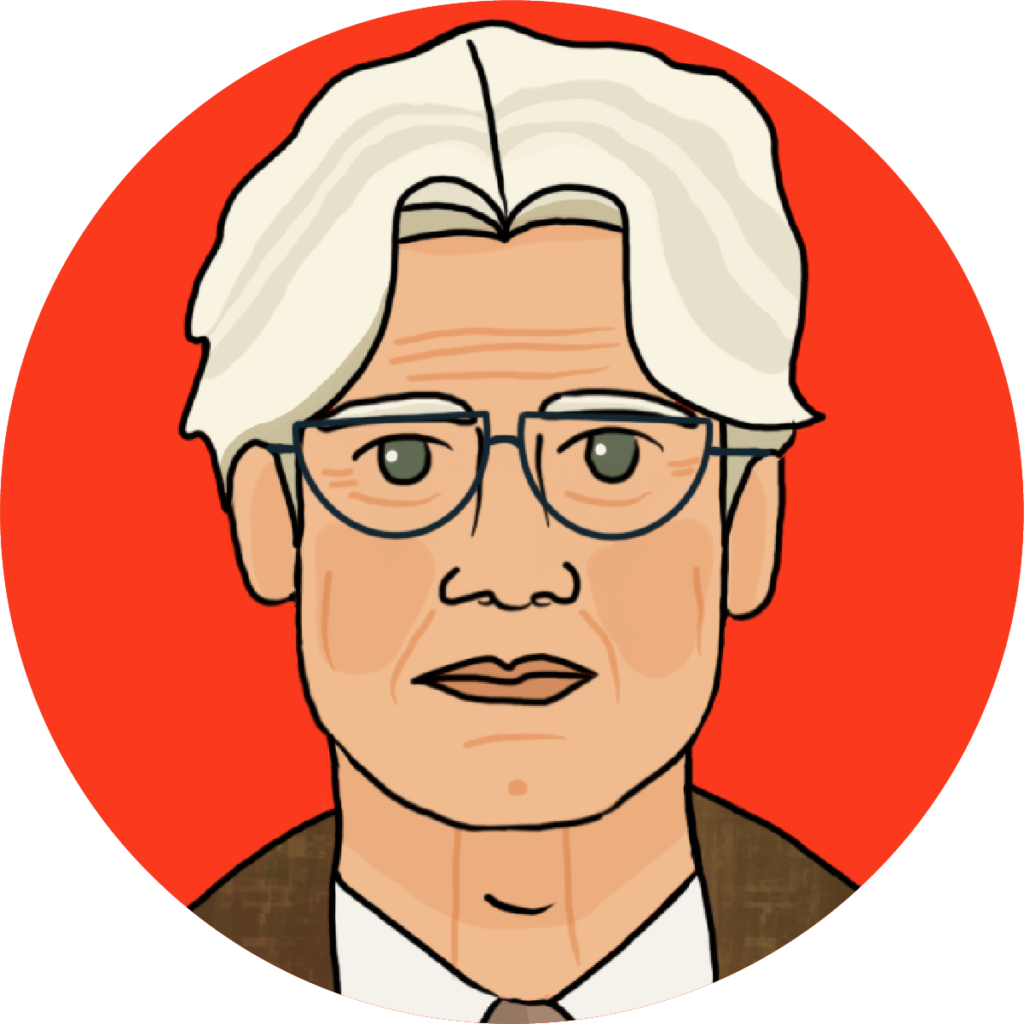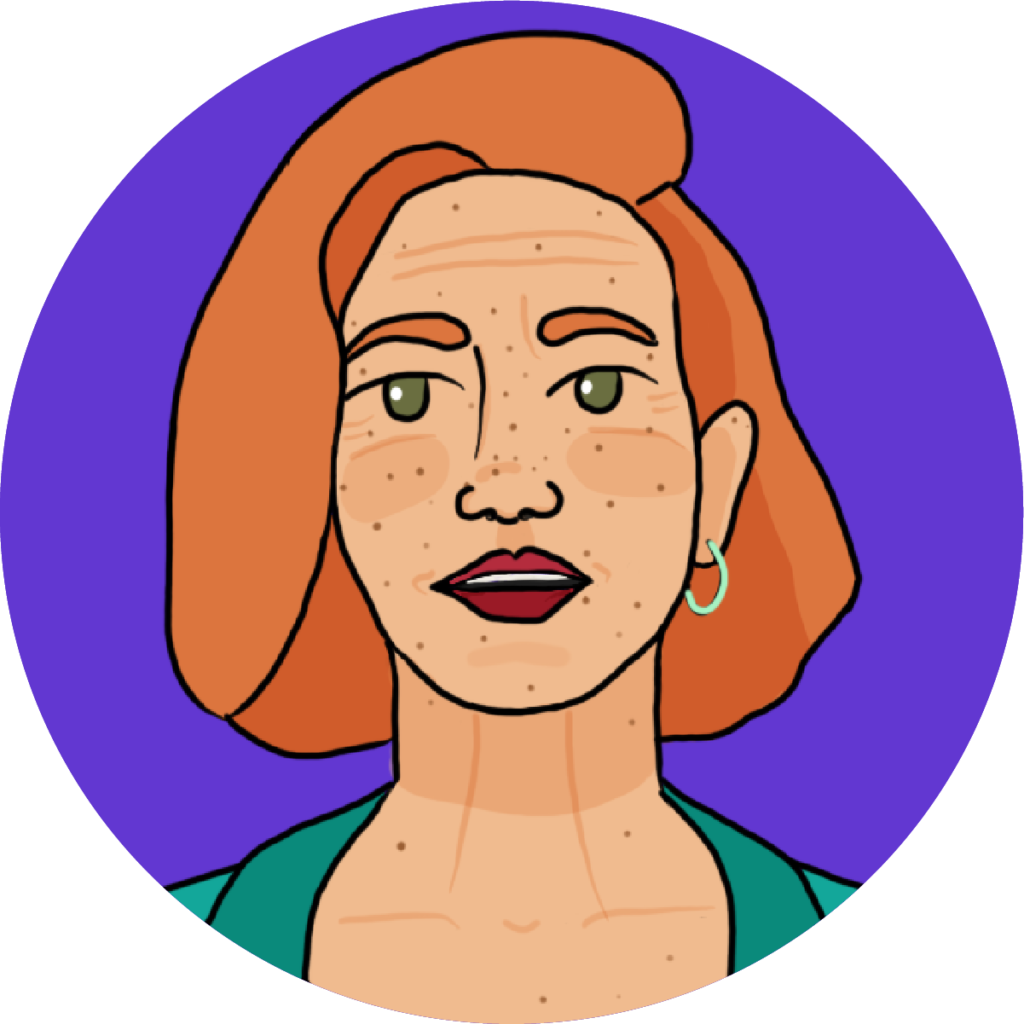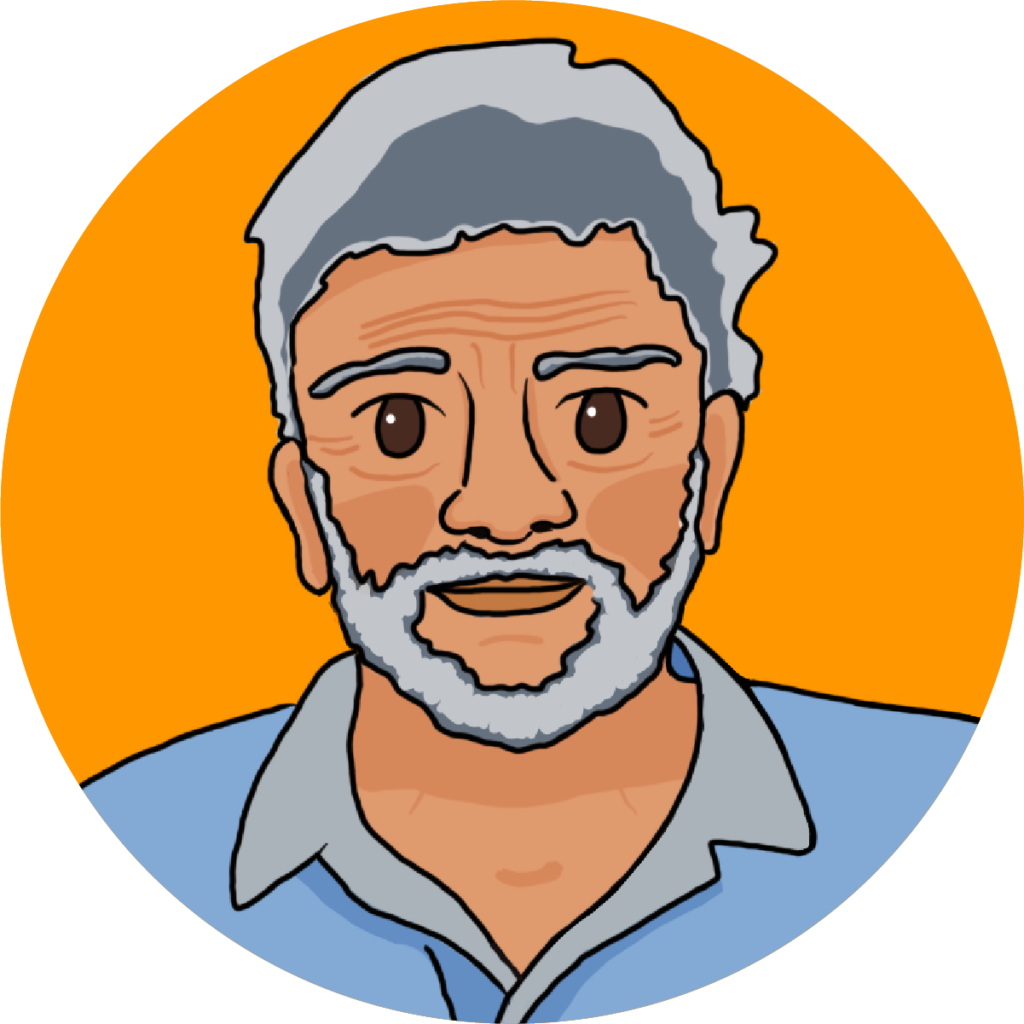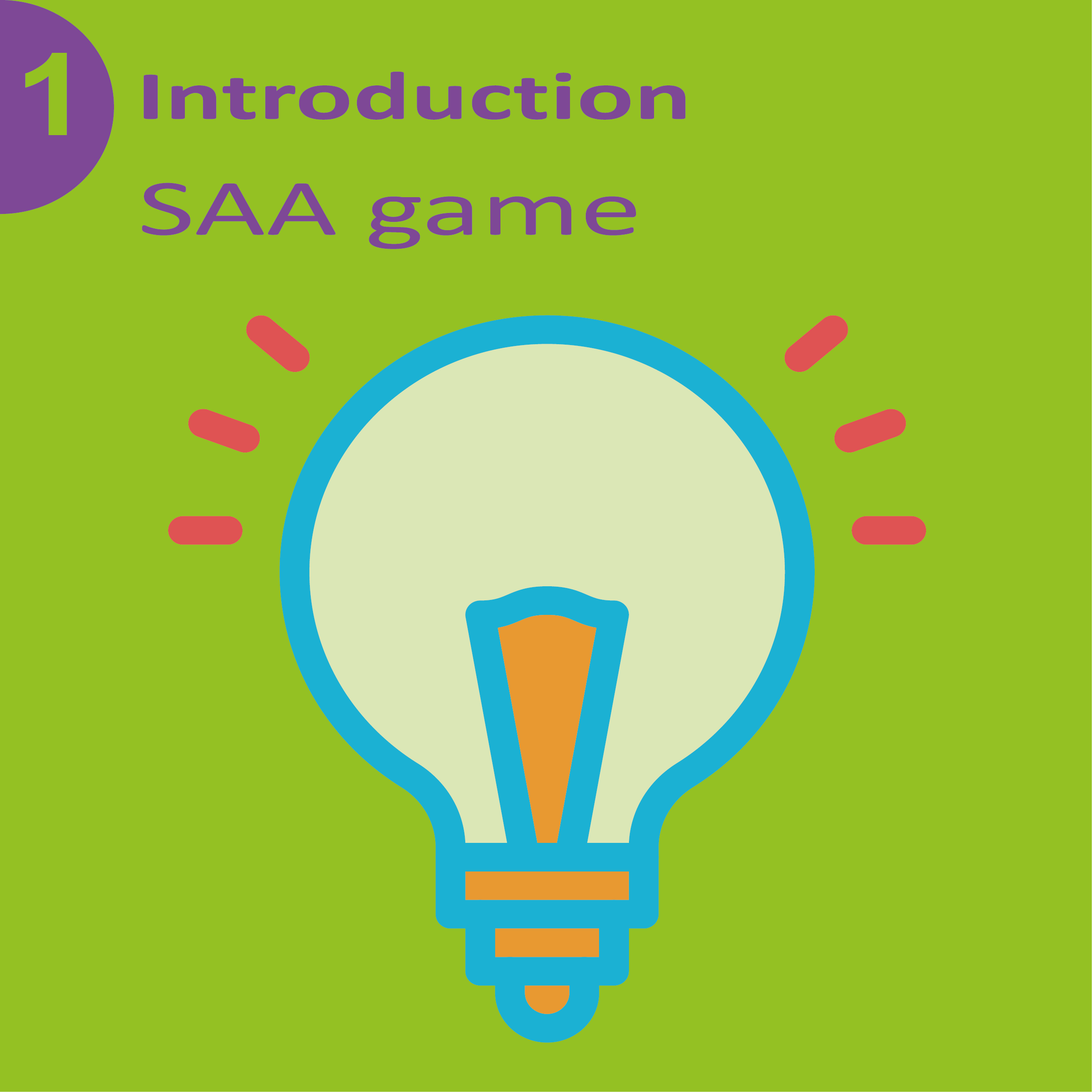Step-by-step to your SAA workshop
Welcome to the SAA workshop creation. In the following you can learn how to organise a workshop on different forms of ageism against older adults, using the SAA learning game. To get the necessary knowledge you can just follow the steps below. Let’s go!
Introduction
The Introduction section describes all the necessary steps needed to create and share a SAA workshop.
Learning materials
In the Learning materials section, you will find different materials to gain background knowledge on the topic of ageism.
Game cases
In the Game cases section, you can have a look at different ageist environments that the game will focus on.
Workshop generation
In the Workshop generation section, you will find the instructions to set up a workshop within the SAA game.
Introduction
The workshop creation is made for adult educators and other teaching staff who wish to address the issue of ageism. You can create the workshop with the help of the trainer toolkit and use the concept and methods as a framework. You also have the option of integrating parts of the game into your workshop.
Learning materials
Below you will find various documents designed to provide background information on ageism and the learning offer.
The SAA trainer manual offers an elaborated workshop concept on the topic of ageism and suggests suitable methods or further background knowledge.
In addition, the SAA game guide can help you to better understand the different game areas and situations. You will also find recommendations for action to counteract ageism, as well as interesting links to further information.
Moreover, the SAA compendium provides insights into the perception of ageism based on interviews conducted with people affected by ageism in five European countries.
Game cases
In the following, you will get a basic idea of the cases of the SAA game.
Within the storyline, players take on the role of an equality manager who helps a large healthcare institution deal with complaint cases from people based on ageism. The aim is to identify ageism more clearly in everyday life.
A special feature is that the game can be filtered by the trainers regarding the areas of ageism that should be worked out in the planned workshops.
In the overview below, you can find all the information needed to identify which areas of ageism you want to focus on when planning your workshop. You get an overview of the different areas of ageism that can be tackled and the different characters that can be met within the ten different game cases. Have a look at the topics and think about which ones you want to include in your workshop!
Ageism in the Job area
In the labour market, age discrimination is expressed at manifold levels, whether it is already in the application process, when young employees are sought, or when older people are simply not even invited to job interviews. It is evident, that older people are discriminated against both on a personal and structural level. Sometimes the company decides to rejuvenate the team for a more youthful perspective and attitude, or internal regulations impose age limits. Below you can see two example cases that can be tackled in the game. To create an exclusive workshop about the topic, select “Job” in the SAA game workshop creation. For a detailed instruction, have a look at Section Workshop generation.


Johanna
Johanna experienced ageism as she is considered as not qualified anymore only due to her higher age.


Felix
Felix is being disadvantaged because further training opportunities are being neglected for older workers.
Ageism in the Health area
In the context of ageism against older adults, the issue of health plays a very central role. With increasing age, illnesses can occur more frequently, or health-supporting measures become necessary. However, the resulting prejudices generalise this fact and attribute health problems to all older people. Growing older is seen in this sense as a progressive process of decay in which individual situations fade into the background. Below you can see two example cases that can be tackled in the game. To create an exclusive workshop about the topic, select “Health” in the SAA game workshop creation. For a detailed instruction, have a look at Section Workshop generation.


Marc
Marc is being diminished as his health problem has not been taken seriously enough by his doctor, which could have posed a danger to him.


Monika
In Monika’s case, an alternative treatment was neglected because she was considered too old.
Ageism in the Social area
Ageism also affects the private and social environment. Due to ageism, older persons face barriers that devaluate their positive contributions to society and limit their right to participate equally. Examples in this regard are when children try to manage the daily schedule of their older parents even if the older adult still feels capable of managing it themselves. Below are two example cases that can be tackled in the game. To create an exclusive workshop about the topic, select “Social” in the SAA game workshop creation. For a detailed instruction, have a look at Section Workshop generation.


Theresia
Theresia reports that her mom is being disrespected by medical staff, as they talk to her like she was a child.


Lucia
Lucia faces ageism as she is getting judged by her coworkers because she is perceived as too old for her dressing style.
Ageism in the Advocacy area
Many ageist cases are so severe for those affected because there is often no real legal recourse. To take legal action, existing laws must be violated. These are clear exclusions, insults, or abuse. Many stereotypes and actions fall below these legal boundaries or cannot be proven, while certain behaviours in e.g. the job area are protected by law. For example, a person may not be legally disadvantaged because of age, or certain behaviours may not be permitted in their own country. To counteract such cases, there are official anti-discrimination offices in all partner countries where discriminatory behaviour can be reported. This process is described in the Advocacy section, which is primarily intended to raise awareness of the possibility of seeking help.
Below you can see two example cases that can be tackled in the game. To create an exclusive workshop about the topic, select “Advocacy” in the SAA game workshop creation. For a detailed instruction, have a look at Section Workshop generation.


Ellen
Ellen complains that she is being discriminated against regarding further training opportunities in her job. She contacts an anti-discrimination office to support her.


Petra
Petra realises ageist structures in the recruitment processes. An anti-discrimination adviser is helping her to address her case.
Ageism in the Built environment
While stairs and landings are not a challenge for most people and are hardly noticed in everyday life, they might be enormous obstacles for people with physical impairments and can, thus, cause exclusions. These environments are planned for healthy adults who are the normative blueprint, that is thought of as being “normal”. Under the heading of accessibility or age-appropriate environments, efforts have been made for many years to review built environments and adapt planning processes to enable as many people as possible to live and participate.
Below you can see two example situations that can be tackled in the game. To create an exclusive workshop about the topic, select “Built” in the SAA game workshop creation. For a detailed instruction, have a look at Section Workshop generation.


Piet
Piet experiences that older adults are often excluded in construction design so that architectural elements can act as obstacles for impaired or older individuals.


Mathilda
Mathilda reports that older visitors are being overlooked by planning activities, as their needs and wishes are not being considered from the beginning.
Workshop generation
Here you will learn how to select the different cases to create your own SAA workshop. For this purpose, the game includes a workshop generator, where you can select different areas of the game (Section Game cases) to include in your workshop session. After selecting the topics that should be covered, a workshop code will be generated. After sharing it with the learners, they insert the code in their starting menu to be able to play the foreseen workshop topics.
Below you will find an explanation of the necessary steps for creating your SAA workshop:
 | Start the SAA game. |
 | Select the “Workshop” tab in the menu. |
 | Click on “CREATE WORKSHOP”. |
 | Select the areas of ageism that you want to include in your workshop. To get more information about the areas in advance, have a look at Section Game cases or the documents presented on page Learning materials. |
 | Click “GENERATE CODE” to get your individual workshop code. |
 | Copy the workshop code to your clipboard and share it with your learners! |
 | The learners of your workshop can now insert the code in the “Workshop” section and click on “GO TO WORKSHOP”. They will then start the game with the selected areas. |






